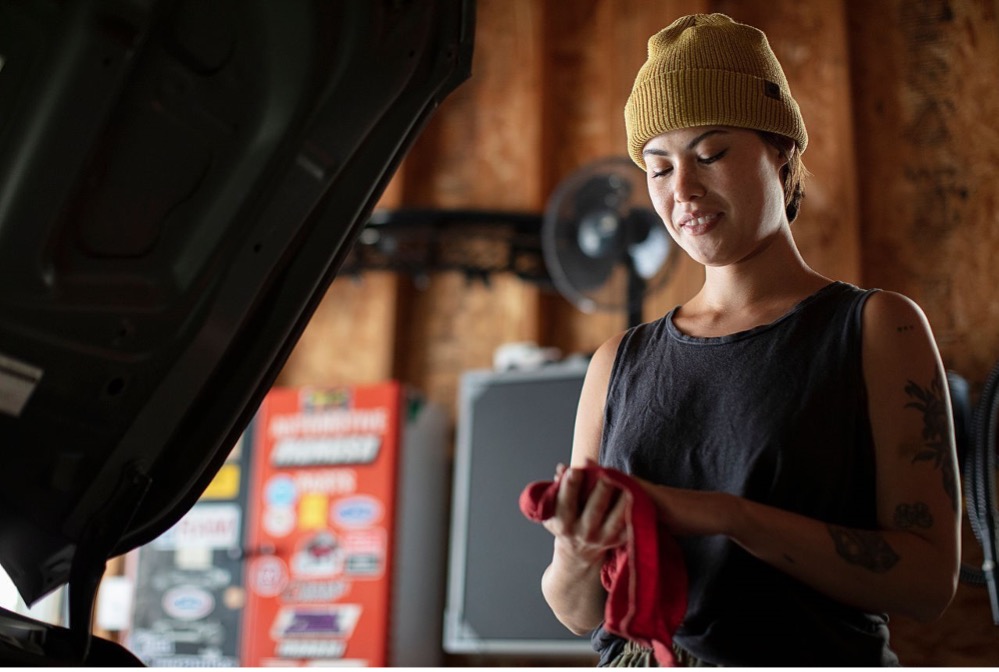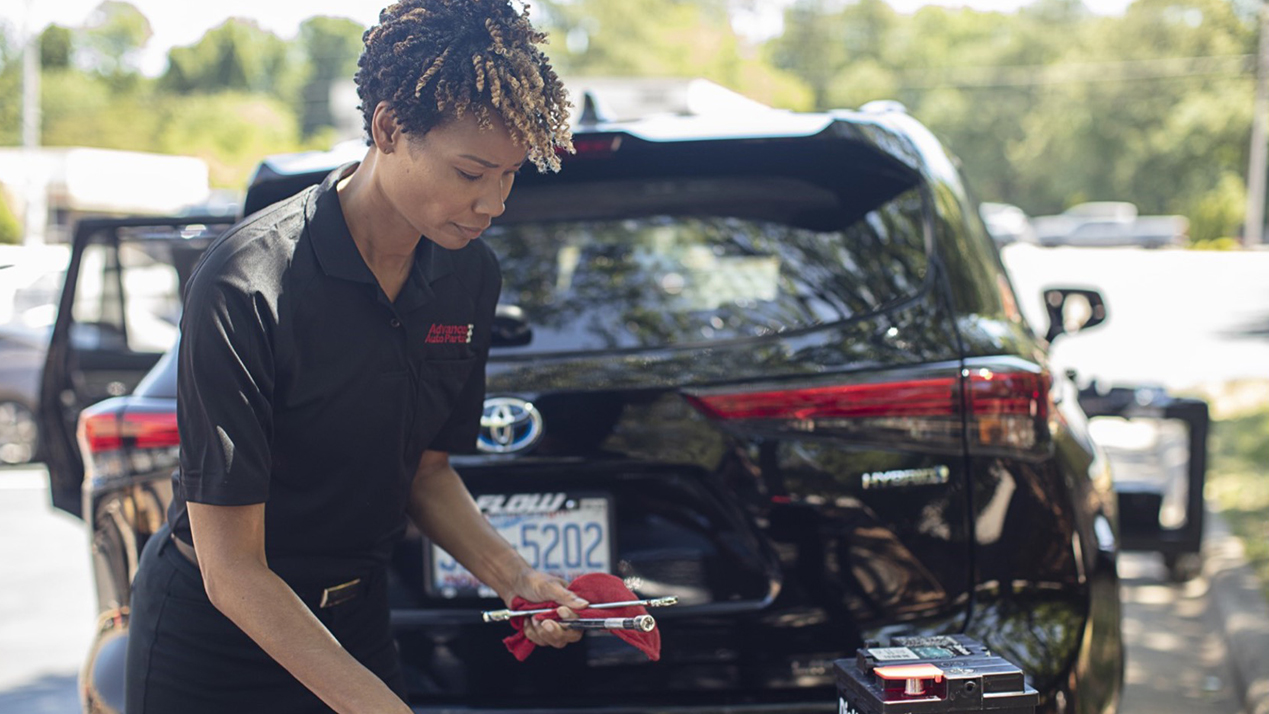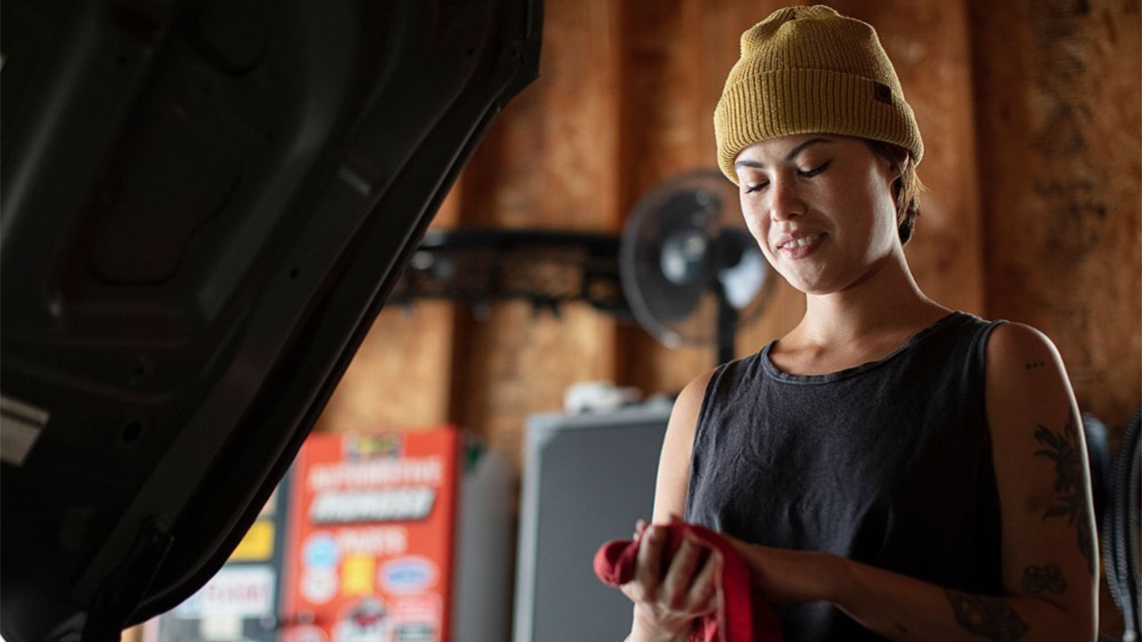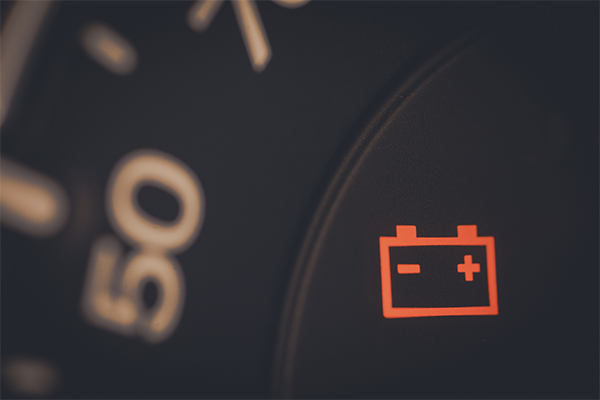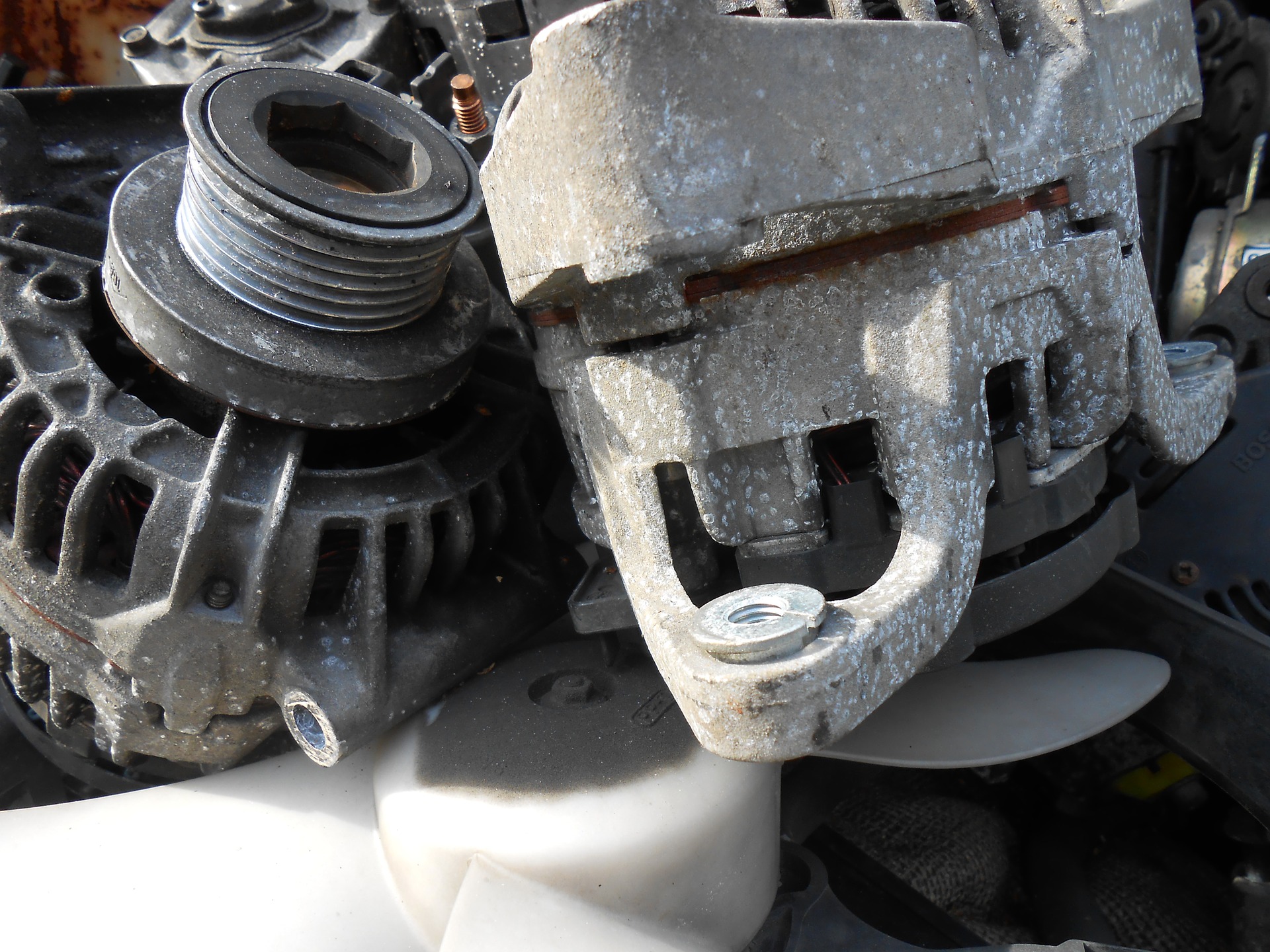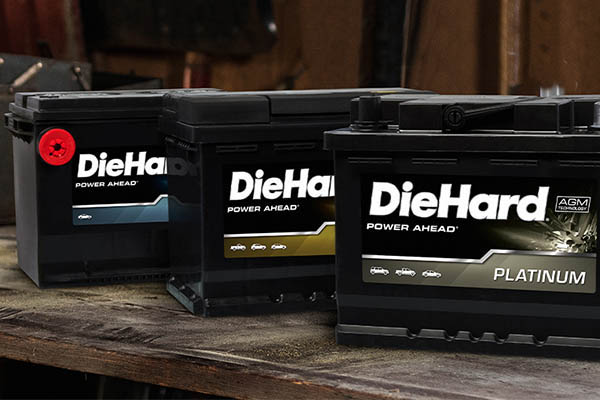If you have to remove your car battery to replace it or to assess corrosion damage, it's important to know how to disconnect car battery cables and clamps safely. The battery will not present too many challenges in most cases, especially if it's only three to four years old. Unless it is severely corroded, the process should be smooth and straightforward, and you won't need to follow a lot of complicated instructions to get the job done. Learn which battery is right for your vehicle.
WHAT YOU'LL NEED
Although you don't necessarily need to clean the battery if you're discarding it, you may want some water mixed with baking soda to clean the tray the battery is placed on and the clamps of the cables that connect it to the car. If you don't see any corrosion (which will appear as a fluffy or powdery greenish-white deposit) affecting the battery, then this step will not be required. Once you disconnect the battery, you can proceed to clean the entire area, getting everything ready for your replacement battery. You'll also need a wrench or a ratchet and socket. The size of the socket may vary by vehicle — American cars will usually need a ½", 5/16" or 3/8" wrench, while common sizes for imports are 10 and 12 mm.
Advance Auto Parts stores offer free battery testing and installation*.
FINDING YOUR BATTERY
Depending on the make and model of your vehicle, disconnecting car battery components might be more difficult than you think from the start. The battery may be right under the hood or hidden under a plastic cover. In some models, it might be located in the back, usually in the trunk behind the lining. Some models even have the battery under the floorboard or the rear seat. Look around to find it or consult your owner's manual for information specific to your vehicle.
FIRST THINGS FIRST: SAFETY
Before disconnecting the battery clamps, take some basic but important safety precautions. Examine the battery closely — is there any sign of heavy corrosion? If so, it may be difficult to remove the clamps. In this case, do not use power tools or a hammer to try to remove the clamps. You might need to contact a professional to help you remove the battery safely.
Any time you're working around a battery, it's also important to remove any metal jewelry like rings or bracelets. Also, be sure to wear safety glasses and gloves for personal protection. Finally, always be mindful of your tools. The wrench or ratchet should never connect the positive and negative terminals, or connect the positive terminal to a metal ground on the vehicle.
Take a look at popular battery accessories.
DISCONNECTING YOUR BATTERY
The negative terminal will be marked by a minus sign and black cable, and the positive with a plus sign and red cable. For safety purposes, always disconnect the negative cable first. Use your wrench to loosen the nut that connects the negative terminal of the battery, then remove the nut completely. Next, lift the terminal off the battery post, and place it safely beside the battery, wrapping it up in a shop towel to avoid accidental contact. After removing the positive terminal cover, repeat this process with the nut holding the terminal to the positive battery post. Use your baking soda mixture to clean the connectors and the battery posts. For the battery posts, make sure you use a special battery terminal brush.
REMOVING THE BATTERY
Once the battery is disconnected, you can unscrew the brackets that hold it in place and remove it from its tray. This is the last step in disconnecting your battery and must be done carefully since the battery can be quite heavy (as much as 60 lbs). Dropping it on your car's engine components could cause significant damage. Once you complete this last step, you will easily be able to clean the entire tray, removing any dirt, debris and corrosion. If you ever have questions about the process described above, feel free to talk with a knowledgable Team Member at your local Advance Auto Parts.
*Car battery testing and installation available on most automotive vehicles, at most locations, unless prohibited by law.





